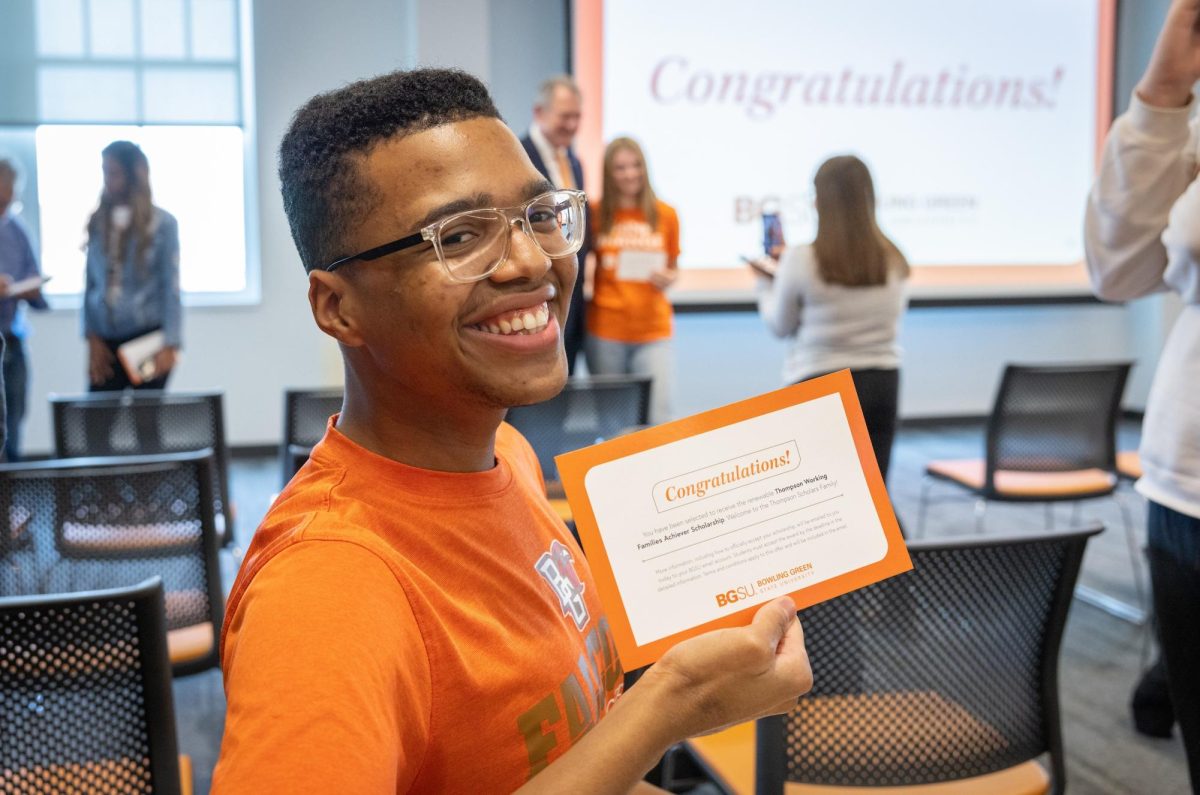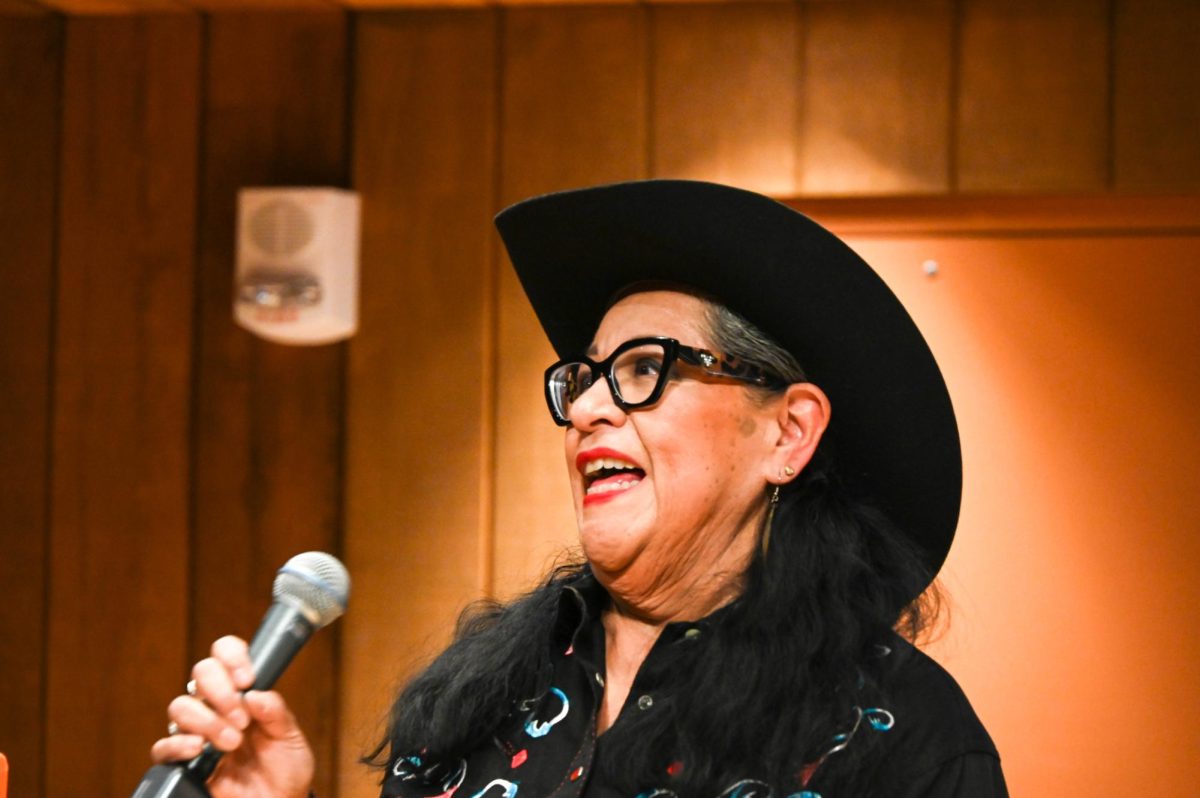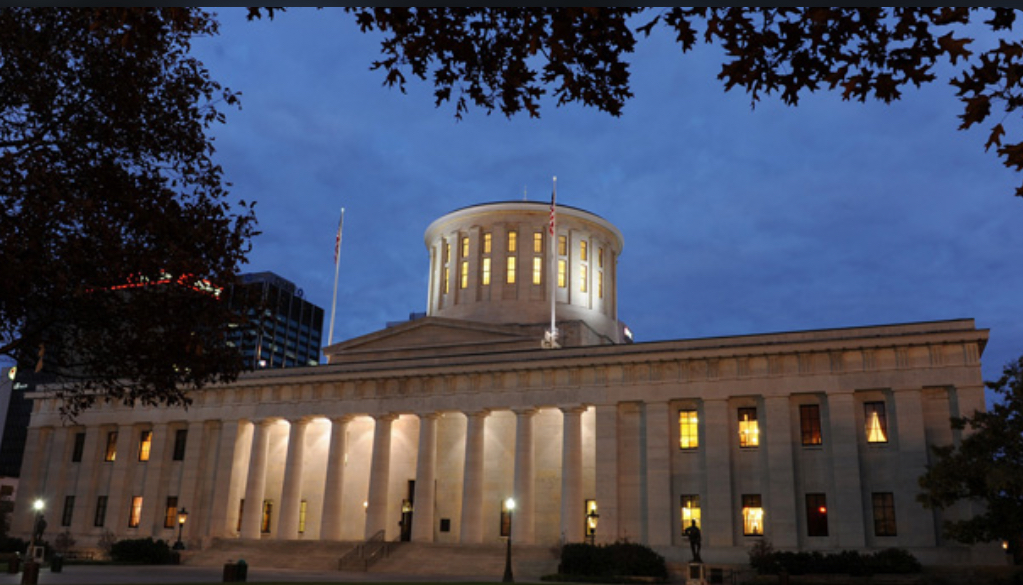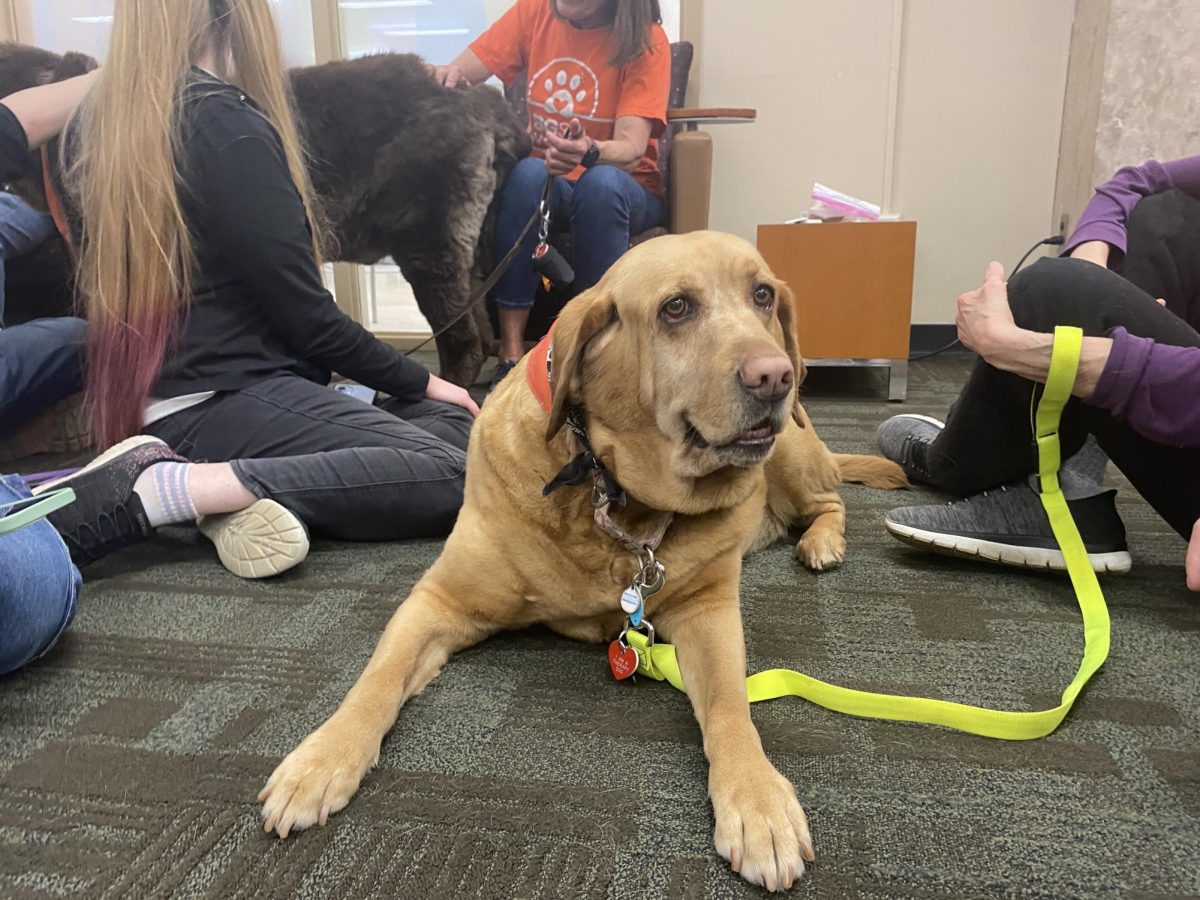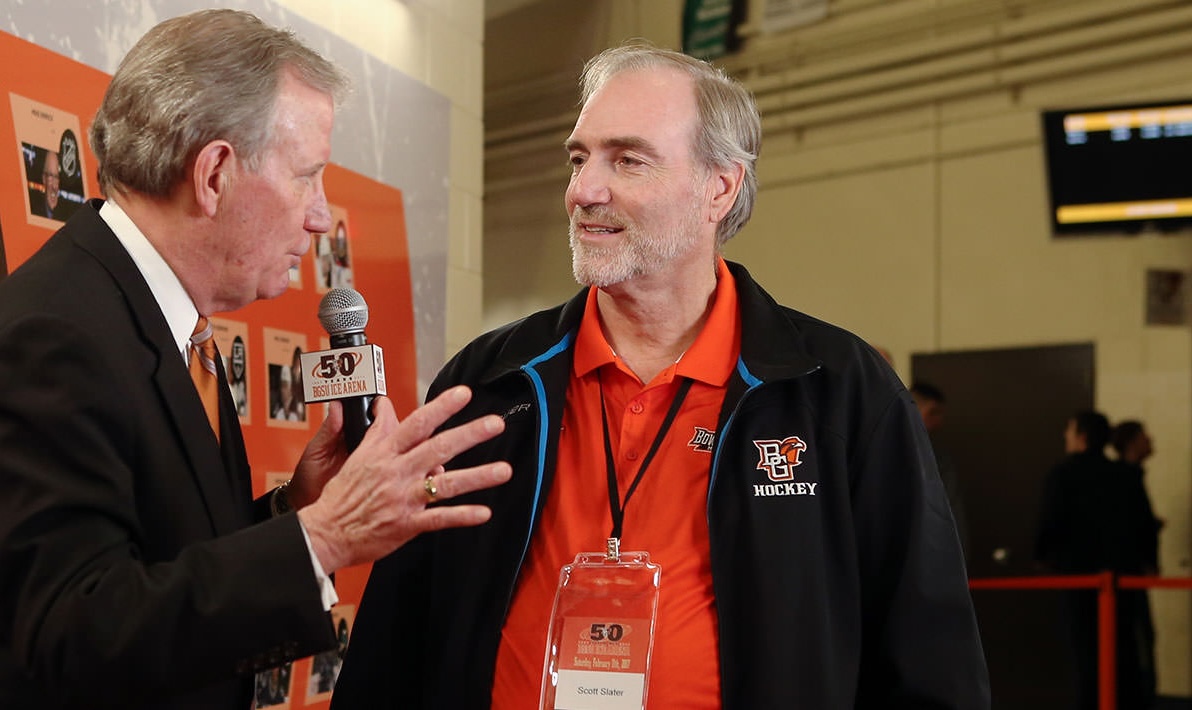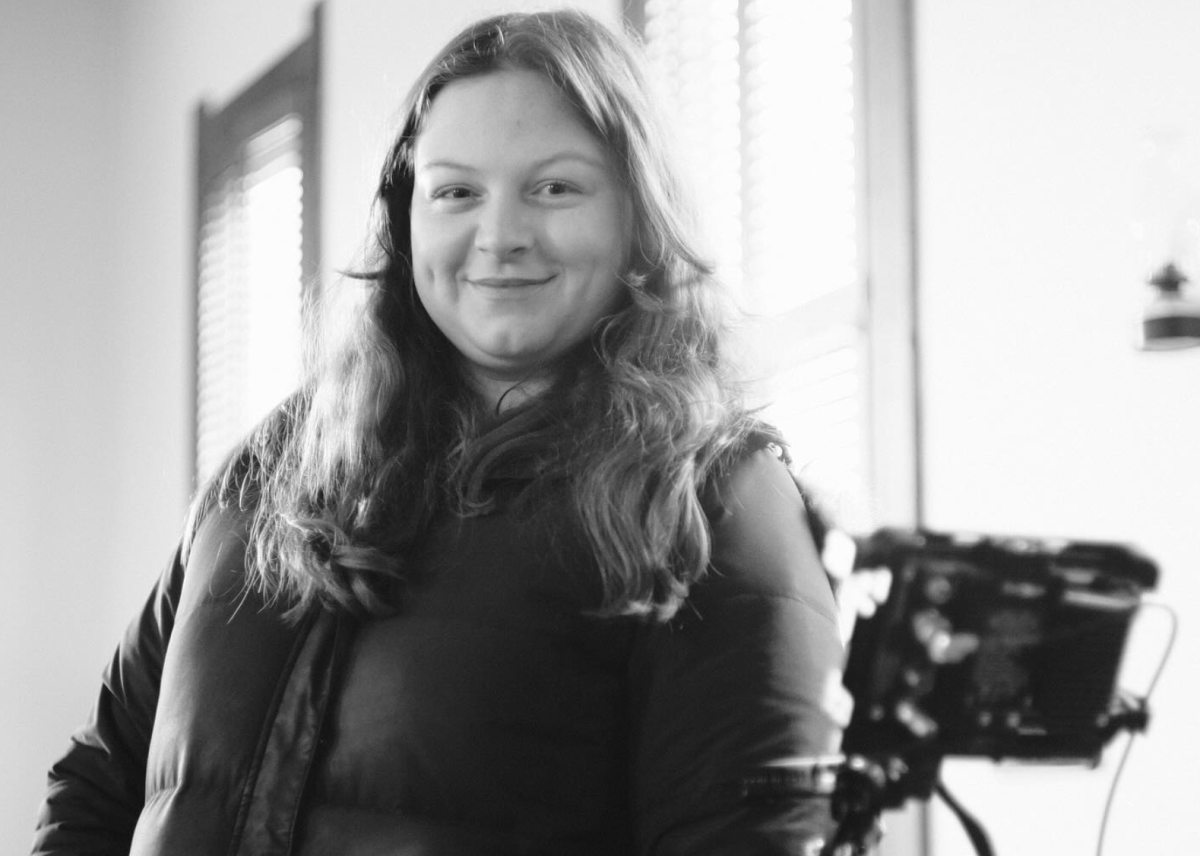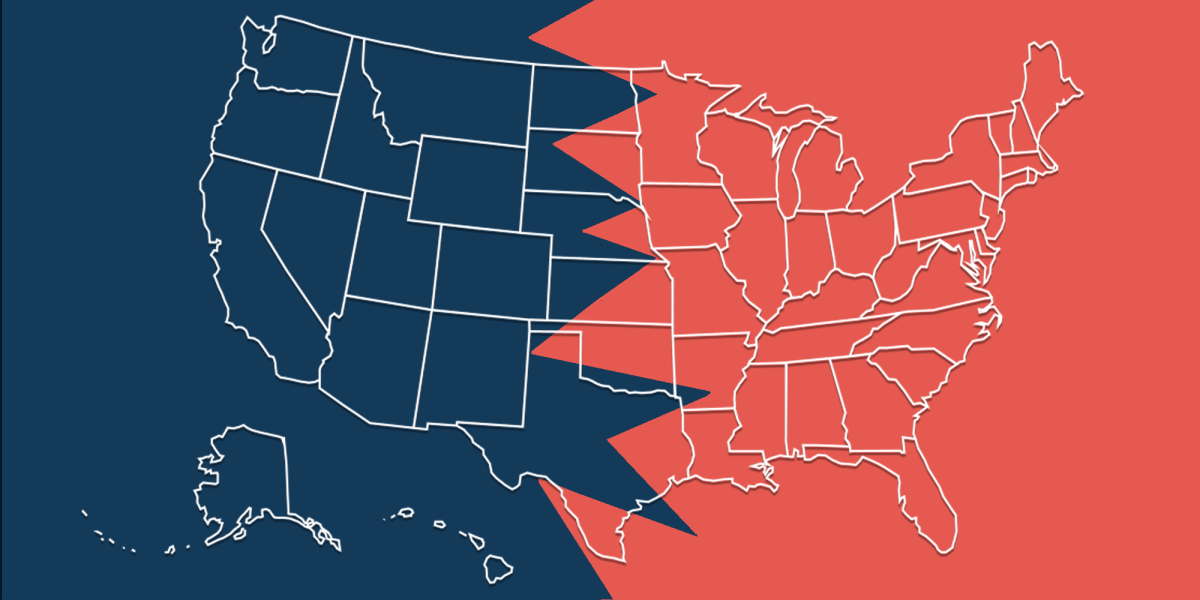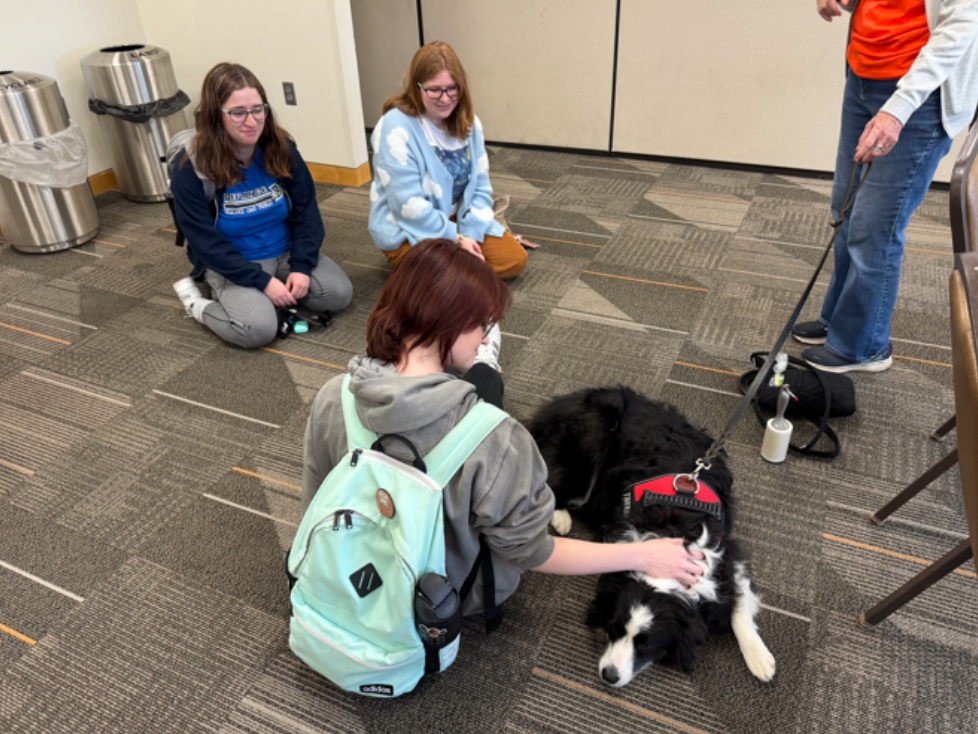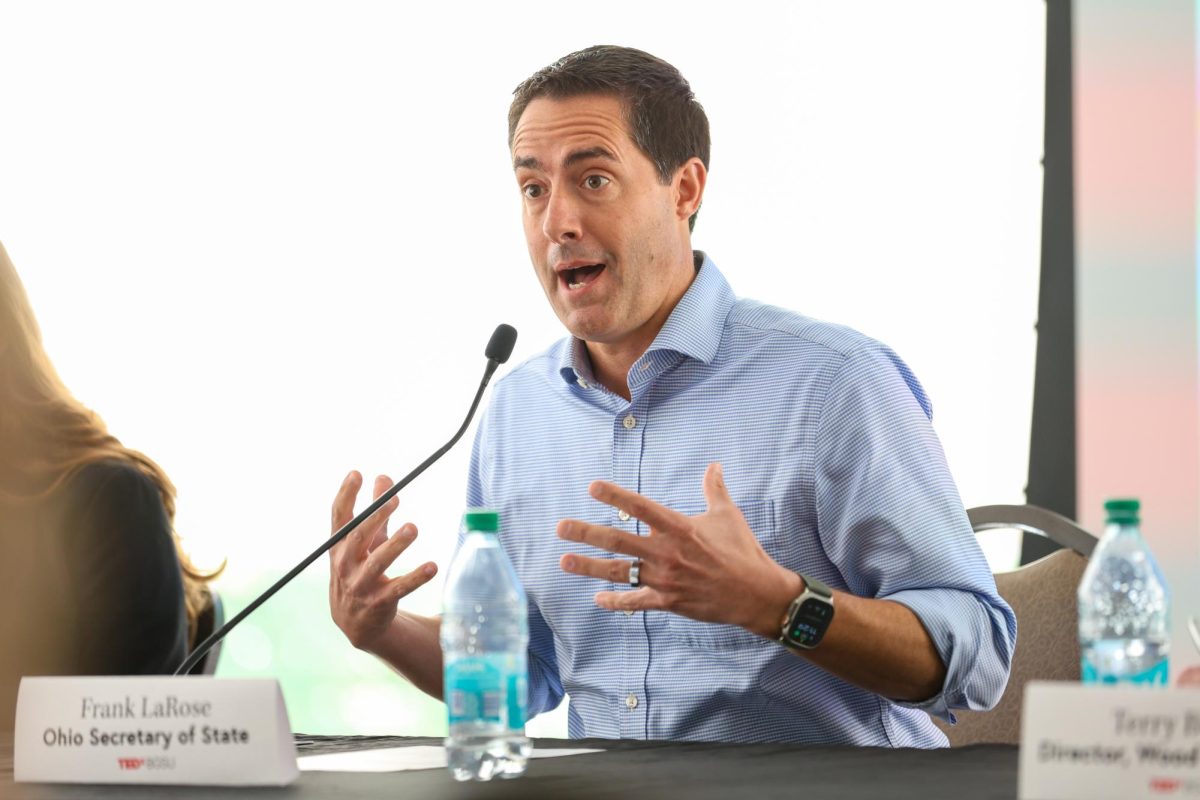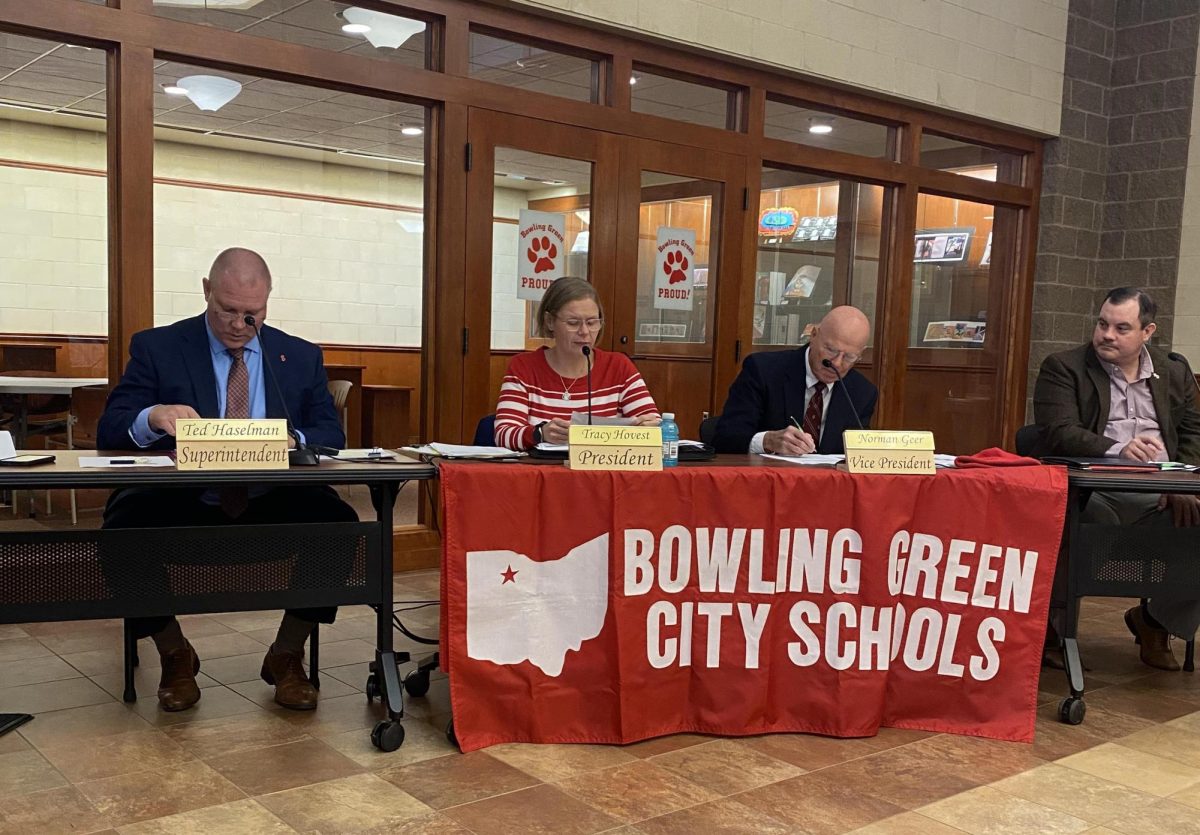According to the Associated Press, now President-Elect Donald Trump won all of Ohio’s 17 electoral votes, winning 55.2% compared to Vice President Kamala Harris’ 43.9%. Former car salesman Bernie Moreno also won Sherrod Brown’s Ohio Senate seat, winning 50.2% to 46.4%.
Ohio has historically been considered a political swing state, or a state where no one party had a clear advantage in presidential and senate races. The state also earned the status of being a forerunner for who would win the presidency, having voted for the winner from 1964 to 2016.
More recently, however, results of the past few election cycles have shown that Ohio has shifted politically in favor of the Republican Party. Political polling has failed to capture this shift, having predicted a 1-2% average victory for Trump in 2016 and 2020 when Trump won the state by an 8% margin both times. Dr. David Jackson, a professor of political science at BGSU, attributed Ohio losing its swing state status to the accessibility to vote in the state.
“In my view, Ohio’s current leadership doesn’t make voting as easy as possible,” Jackson said. “ When you look at Michigan, they have same-day voter registration. You can register and vote when you walk in the polls. In Ohio, you have to register 30 days in advance. Ohio does a lot in
terms of purging voters and making ID requirements very strict. Michigan now has 1.7 million fewer people than Ohio, but they have more registered voters.”
From the perspective Dylan Haywood, a junior political science Major, Ohio has lost its swing state status due to the platform Republicans have been running on.
“Republican candidates have now been running on a platform that attracts rural, hard working Americans,” Haywood said. “This platform should work very well in Ohio’s demographics.”
For the past election cycle, BGSU’s Democracy and Public Policy Research Network has conducted polls on the Ohio Presidential and Senate races. Jackson, who helped conduct the polls, stated the senate race was closer than the presidential race in Ohio.
“The poll has shown a consistent 7% margin in favor of Former President Trump,” Jackson said. “However, the senate race has gotten closer from September to October, with Sherrod Brown’s lead tightening from 4% to 2%.”
The poll underestimated Trump and Moreno’s performance in the state, having a 4.3% discrepancy in the presidential race and a 5.8% discrepancy in the senate race. Jackson said that it is difficult for polls to be accurate.
“Of course, you can only know once the election happens if anybody was accurate or off,” Jackson said.
“What you have to do is try and match your sample to the population and that’s hard to do when you don’t know the population of actual voters is.”
For how Ohio can regain its political swing state status, Lola Flick, a sophomore AYA integrated science major and vice president of BGSU’s College Democrats, feels Democrats need to find common ground with rural voters.
“I think Democrats in the major offices see themselves as elites and have a hard time relating to the rural vote,” Flick said. “What I think needs to be happening is to appeal to rural, working class people’s economic needs and economic interests, putting economic policy first and
focusing on union rights. Yes, we may not agree on whether abortion should be illegal or not, but there is a lot of common ground that can be made.”
Polling plays a significant role in the political discourse during election season. Flick feels it shouldn’t be the only thing that is talked about.
“I do think polls should play a part in political discourse but it should not be the end all be all,” Flick said. “Polls are only one indicator of how the nation is and where a particular race is and there are many ways they can have errors.”
Haywood stated that polls’ impact has become less significant, but still thinks it is important in political discourse.
“Rather than having yes or no type questions, I would rather have discourse regarding data seen from polls,” Haywood said.
Jackson had a more negative view of political polls being part of political discourse.
“It focuses too much on who’s leading, who’s trailing, to the exclusion of talking about actual public policies,” Jackson said. “I think it’s certainly fair to say that there’s an over-focus on polls to the exclusion of other issues that may be more important.”
After this most recent election cycle, it is clear that Ohio’s shift to the right will be present for years to come and political polls have still yet to figure out Ohio.




